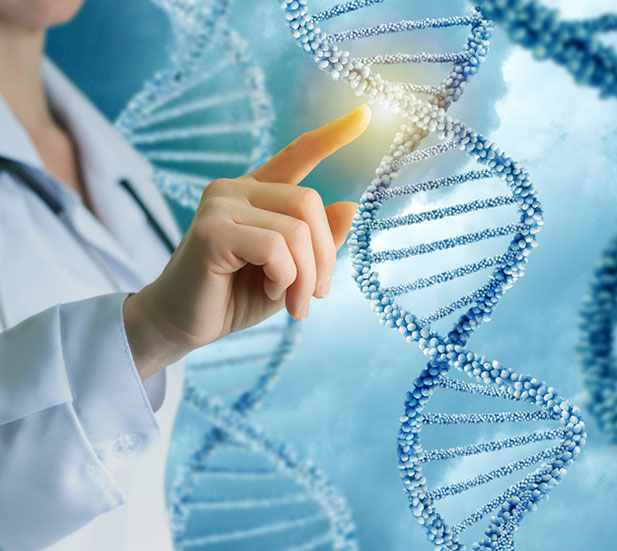Advanced Imaging
- Light sheet microscopy
- Transmission electron microscopy, scanning electron microscopy, and immuno-electron microscopy
- Light and fluorescence microscopy
- Live cell microscopy
- Confocal scanning and multi-photon laser scanning imaging
- In vivo distribution of fluorescent tags with live near infrared imaging of whole body or organs
- Bioluminescence imaging
- AI and ANN analysis of imaging data
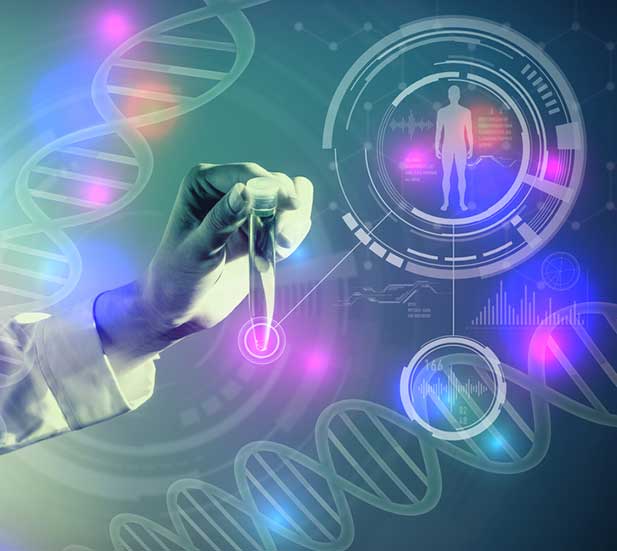
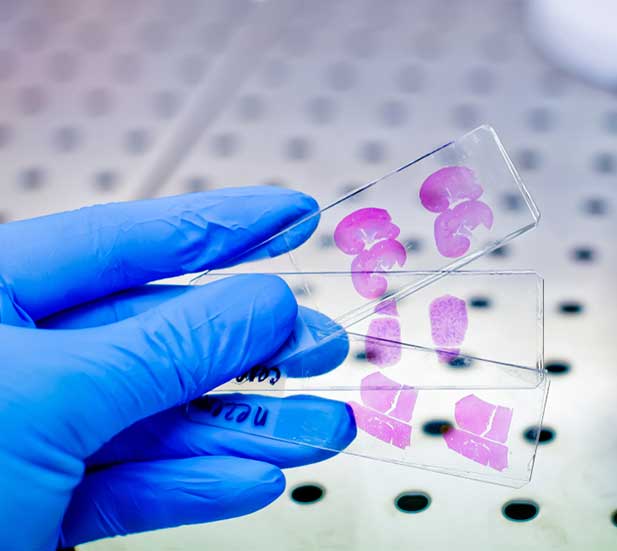
Histopathology
- Expert histology services with a suite of resources
- FFPE, OCT and Frozen tissue processing, embedding, sectioning, mounting, staining, imaging and analysis.
- Routine H&E stain or other special staining; IHC, IF, FISH and ISH; Laser Capture Microdissection (LCM); Isolation of DNA, RNA or Protein
- Molecular Histopathology (IHC, IF, FISH/ISH &TUNEL) visual scoring
- High‐throughput multiplex stainings
- Manual and AI-assisted quantitative, unbiased histopathological scoring
- High quality whole slide scanning of digital images
- Delineation of tissue regions of interest
- Tissue sectioning for RNA, DNA or protein isolation or extraction
- Decalfication for bone tissue
Clinical Laboratory
- Hematology: Examine blood, plasma and serum samples for diagnostic or screening purposes
- Microbiology: Culture and sensitivity testing
- Immunology: ELISA, EliSpot, Luminex, FACS, and other advanced immunology assays
- Clinical chemistry: Wide range of tests to evaluate organ function, diagnose metabolic disorders
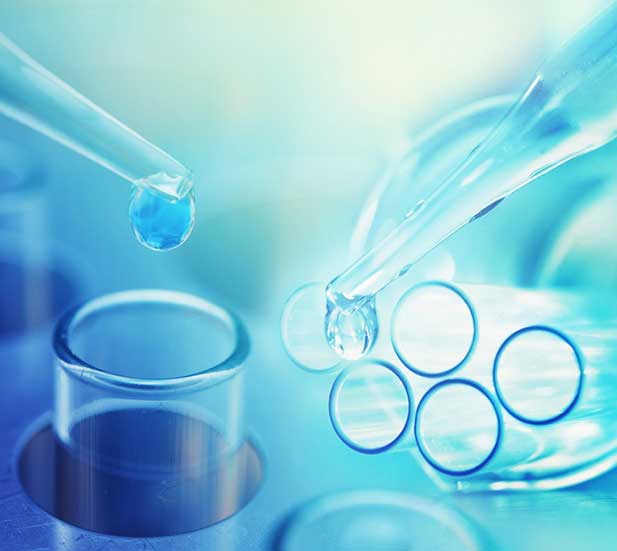
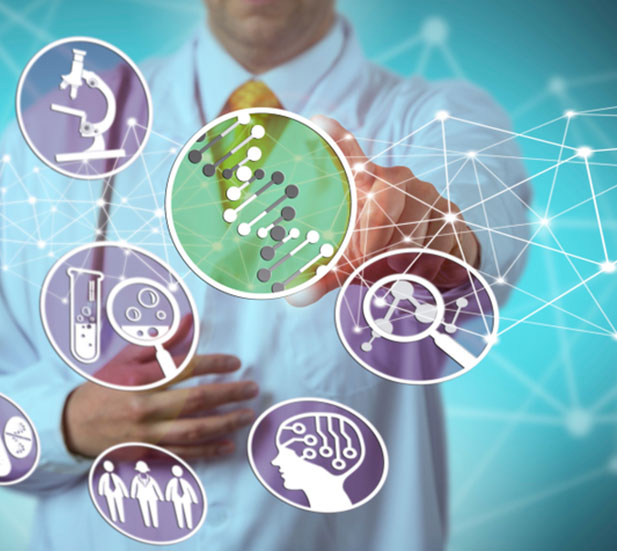
Pharmacology
- Therapeutic drug monitoring (TDM): Measure concentration of drugs in a patient's blood to ensure that they are receiving the appropriate dose for their individual needs
- Pharmacogenetic testing: Analyze patient's DNA to determine how they will respond to certain medications. It can help identify which drugs are likely to be effective and which may cause adverse reactions or be ineffective
- Toxicology testing: Screen for the presence of drugs or toxins in a patient's blood, urine, or other bodily fluids. It is often used in emergency situations, such as suspected drug overdose or poisoning
- Drug allergy testing: Determine nature of the allergen and help identify alternative medications that are less likely to cause an allergic reaction
- Drug abuse testing: Detect the presence of illicit drugs or prescription medications in a patient's system. It is often used in workplace drug testing or in addiction treatment programs
- Cardiac pharmacology testing: Evaluate how a patient's heart responds to certain medications, such as beta-blockers or calcium channel blockers.
Genomics
- Whole genome sequencing (WGS): Sequencing an individual's entire genome, which can help identify genetic variants associated with disease or drug response.
- Whole exome sequencing (WES): Sequencing only the protein-coding regions of an individual's genome, which account for about 1-2% of the total genome. WES can help identify mutations in genes that are known to be associated with disease.
- RNA sequencing (RNA-seq): Analyze gene expression patterns in cells or tissues. It can help identify differentially expressed genes, alternative splicing events, and novel transcripts.
- Single-cell sequencing: Sequence the genomes or transcriptomes of individual cells, which can help identify rare cell types and understand cellular heterogeneity within a tissue.
- Metagenomics: Sequencing the genetic material of an entire microbial community, rather than just a single organism. Metagenomics can be used to identify microbial species and understand their roles in health and disease.
- Epigenomics: Study modifications to the DNA molecule that do not change the underlying sequence, such as DNA methylation or histone modifications. Epigenomic analysis can provide insights into gene regulation and cellular differentiation.
